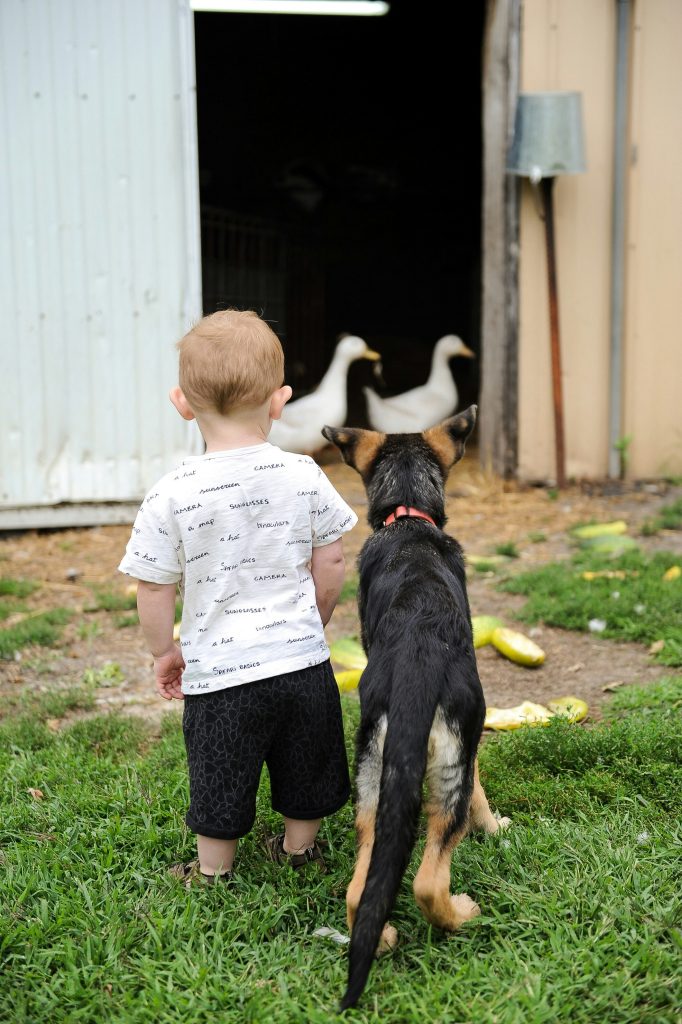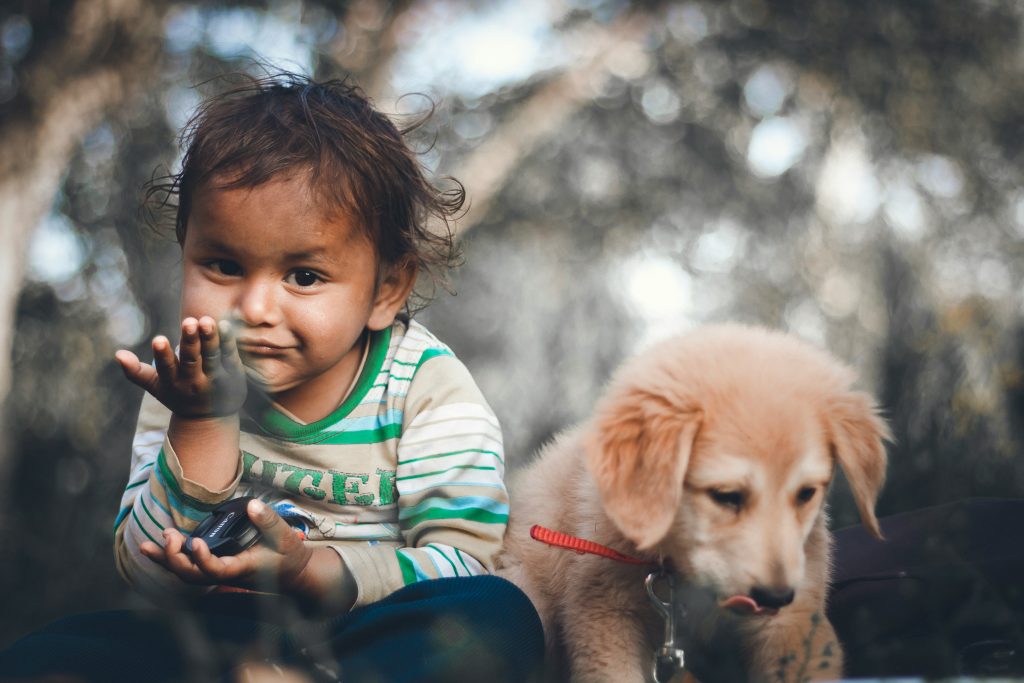Dogs Help Kids Learn Empathy and Compassion
Empathy and compassion are two of the most important emotional traits a child can develop—and yet, they can’t be taught through lectures or textbooks alone. These are qualities learned through experience, observation, and care.
That’s where dogs come in.
Dogs are more than companions—they’re living, feeling beings that depend on humans for their care. For kids, this relationship offers a powerful lesson in tuning into another’s needs, feelings, and comfort.
Here’s how growing up with a dog helps children become more empathetic, compassionate individuals.
1. Recognizing and Responding to Needs
Dogs don’t speak, but they communicate in many other ways—through body language, facial expressions, and behavior. Kids who live with dogs quickly learn to read these signs.
They notice:
-
When their dog is hungry or thirsty
-
When their pup seems scared, tired, or excited
-
How their actions affect their dog’s mood and behavior
This awareness builds emotional intelligence and teaches children to be more mindful of how others (humans included!) might feel.
2. Caring for Another Life
When a child feeds, brushes, walks, or comforts their dog, they’re learning responsible compassion—taking actions that improve another being’s life.
This care helps children:
-
Understand that others rely on them
-
Take pride in being nurturing and attentive
-
See the positive outcomes of their kind behavior
These daily acts of service foster a deeper sense of emotional connection and purpose.
3. Practicing Patience and Kindness
Training a dog or helping it through fear or anxiety requires gentle, patient communication. Kids learn that yelling or being rough doesn’t help—and that kindness, consistency, and understanding go a lot further.
This lesson translates into:
-
More peaceful peer interactions
-
Better conflict resolution skills
-
Greater emotional control
In short, dogs help children learn how to treat others with the gentleness they themselves appreciate.
4. Building Emotional Resilience Through Connection
When kids bond with their dog, they develop a safe emotional outlet and source of comfort. This relationship helps them understand how deep, mutual care creates trust.
They also learn:
-
The value of loyalty
-
How to emotionally support others
-
What it means to be responsible for someone else’s happiness
All of these elements contribute to emotional resilience and healthy relationships.
5. Experiencing Grief and Loss with Love
While a difficult topic, many children face their first real experience with loss through a pet. As painful as it may be, navigating this loss with the support of adults teaches them:
-
How to process grief
-
That love often includes saying goodbye
-
To appreciate life and relationships more deeply
Dogs give children a chance to experience the full arc of emotional connection, which includes learning how to cherish moments and care deeply.
6. Better Relationships with People
Children who learn empathy through caring for a dog tend to be more:
-
Considerate with friends and siblings
-
Aware of others’ emotions in group settings
-
Helpful and nurturing toward peers
These soft skills are essential for success in school, friendships, and future relationships.
7. Encouraging Inclusivity and Compassion for All Living Beings
Once kids understand what it means to care for a dog, they often extend that compassion to other animals—and people too.
Many children who grow up with dogs become:
-
Advocates for animal welfare
-
More tolerant of differences in others
-
Open to helping those in need
Empathy learned through pet ownership can ripple outward, creating kind, thoughtful citizens of the world.
Final Thoughts
There’s no better teacher of empathy than a dog. Through daily care, play, and emotional bonding, children learn what it means to look beyond themselves and truly consider the needs of another.
In a world that can always use more kindness, dogs quietly raise a generation of children who lead with heart.



